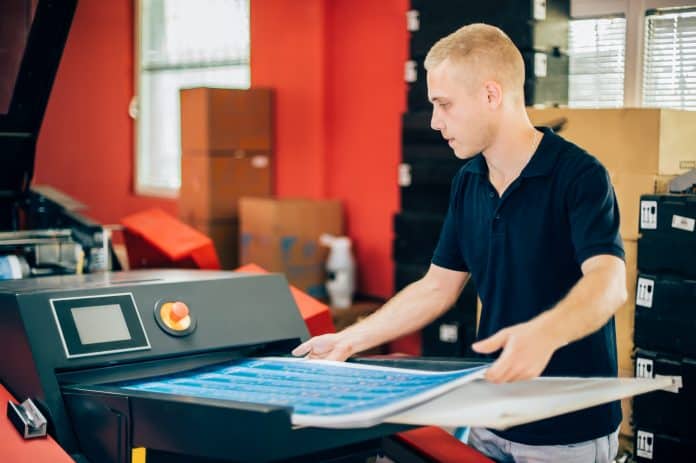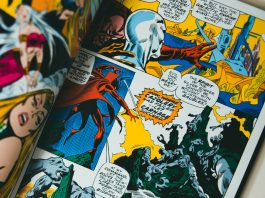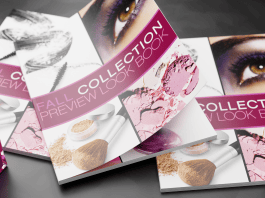Last updated on August 6th, 2024 at 02:15 pm
Commercial print professionals use many printing terms, words, and phrases that are not familiar to those outside the industry. Yet, these printing terms describe techniques, processes, and products that are essential for ensuring your print project turns out exactly the way you want.
Without a basic understanding of printing terminology, you could end up making decisions that can cause your print project to turn out differently than expected. At Printivity, we are always happy to explain our language and help you understand what we need from you to deliver the highest quality printing for your print project.
However, when you have a working knowledge of basic printing terms, the process goes much quicker and helps ensure we print your project right the first time. It also makes any future print projects you may have go smoother and quicker.
We hope this glossary / terminology sheet provides you with a better working knowledge of the commercial printing process. This will help you answer the question “what is printing?” when ordering a print project from Printivity, if we ever use a printing term you don’t understand, don’t hesitate to ask for an explanation!

Common commercial printing terms
These are terms you will find helpful to know during the design and ordering phases of any print project.
CMYK. This is one of the most important printing terms to know because it represents the preferred printing method for coloring digital print files. CMYK – cyan, magenta, yellow and black – is the combination of ink colors most commonly used in the four color process or digital printing. Images in digital documents must be converted from other color formats to cyan, magenta, yellow and black before printing onto paper for accurate color matching.
Coated paper. When you want a type of paper that improves reflectivity and ink coverage and stability, printers will recommend a coated paper. The most common categories of coated paper, gloss and matte, have a smooth finish that give off a professional look and feel. A coated paper feels different than other sheets of paper. In turn, uncoated paper has a more natural feel.
Creep. This occurs when producing Saddle Stitch Book Printing, one of the most popular binding techniques for many types of print projects. Saddle-stitched booklet are created by folding printed sheets in half, then wire is sewn through to look like staples. However, this causes the innermost sheets of paper to push out and be trimmed more than the outer sheets, which is called creep. The more pages there are, the larger the creep. Printers must plan for this creep before performing the binding step.
Crop marks. To speed the printing process, most print projects lay out multiple prints on one large sheet of paper. Crop marks show the printer where to cut the large sheet to get the proper page size. They also indicate where to cut and separate the excess paper and other prints. Printivity does not require their customer to include crop marks within their design.
Digital printing. Also known as four color process printing, digital printing is designed for use with CMYK color. It requires less setup work for the printer and is most cost-effective for small-volume print jobs ranging from 1 to 5,000 sheets of paper.
Face Trim. After a Saddle-stitched booklet is folded and stapled, the final step is a cut across the “face” of the book (the edge opposite the binding). This ensures that the edge is crisp and all pages end at the same point. This trims off the creep, especially on books with larger page counts
Fit To Print. If the product was not ordered with Full Bleeds, we will “Fit to Print” the file. This shrinks the content down a bit in order to create a white margin around the design (approximately 0.2″). The white margin will show in the final printed product, but will ensure that no content is cut off during printing or binding.
Full Bleed. Print pieces are usually designed to have a small white margin at the edge of the page. Bleed is what occurs when content extends to the edge of the paper. Full bleed involves printing to the edge of the paper with a continuous tone so that the finished product has no margins. Designing for full bleed requires a larger canvas than the final intended dimension and extending the design to the edge. If you don’t design the page for a full bleed, or if you don’t want a full bleed, the finished product will have a 1/8″ white margin on each side of a sheet of paper.
Gutter. The center of the book where the two pages meet. On Spiral and Wire-O Booklets, the gutter is partially obscured by the coil. On Perfect Bound and Hard Cover Books, the gutter is only partially visible as it sinks down towards the spine. It is recommended that customers leave critical content at least ½” away from the gutter.
Offset printing. Offset printing is commonly used for high-volume print jobs of 1,000 pieces and more. Instead of printing from a digital file, the printer sets up a different printing plate for each color and runs every print through each color printing plate to create the finished product. It takes more time to set up an offset printing job, but it allows both CMYK and Pantone colors to be used on the press. Offset is also commonly used to re-run large print jobs.
Printer Margin. No printing press or other device used can print exactly to the edge of a sheet. This outside margin that the press cannot print on is called the Printer Margin. This is why full bleed printing requires a larger dimension that is cut down to give the full bleed printed effect.
PMS. This refers to the Pantone Matching System, a set of universal colors that all printers can replicate. Each Pantone color comes with CMYK, RGB, hexadecimal, and Pantone color codes. Using these codes improves consistency throughout print materials. Currently, this system is only available for stickers, folders, and vinyl banners.
PPI. An acronym for pixels per inch. PPI is sometimes referred to as DPI, or dots per inch. The number of PPI represents the resolution of images. A count of 72 PPI is the optimal resolution for a computer screen. A count of 300 PPI represents the best resolution number for a printed image. The higher the PPI, the clearer the text and printed images will be. However, the print quality will not look much different after 300 PPI.
RGB. RGB stands for the colors of red, green, and blue. Documents and images viewed on a screen are usually in RGB. Because it is the preferred color mode for digital design, many graphic design programs have RGB set as the default color mode. Remember to change to CMYK because it is the preferred color mode for digital printing. Black and white printing is also a basic standard.
While we hope you will take the time to review the printing terms discussed in this blog to become more familiar with the printing process, you can rest assured that the pros at Printivity will always be there for you. We are glad to answer any questions and walk you through the process of achieving a great print project. Contact us at 1-877-649-5463 or service@Printivity.com.







